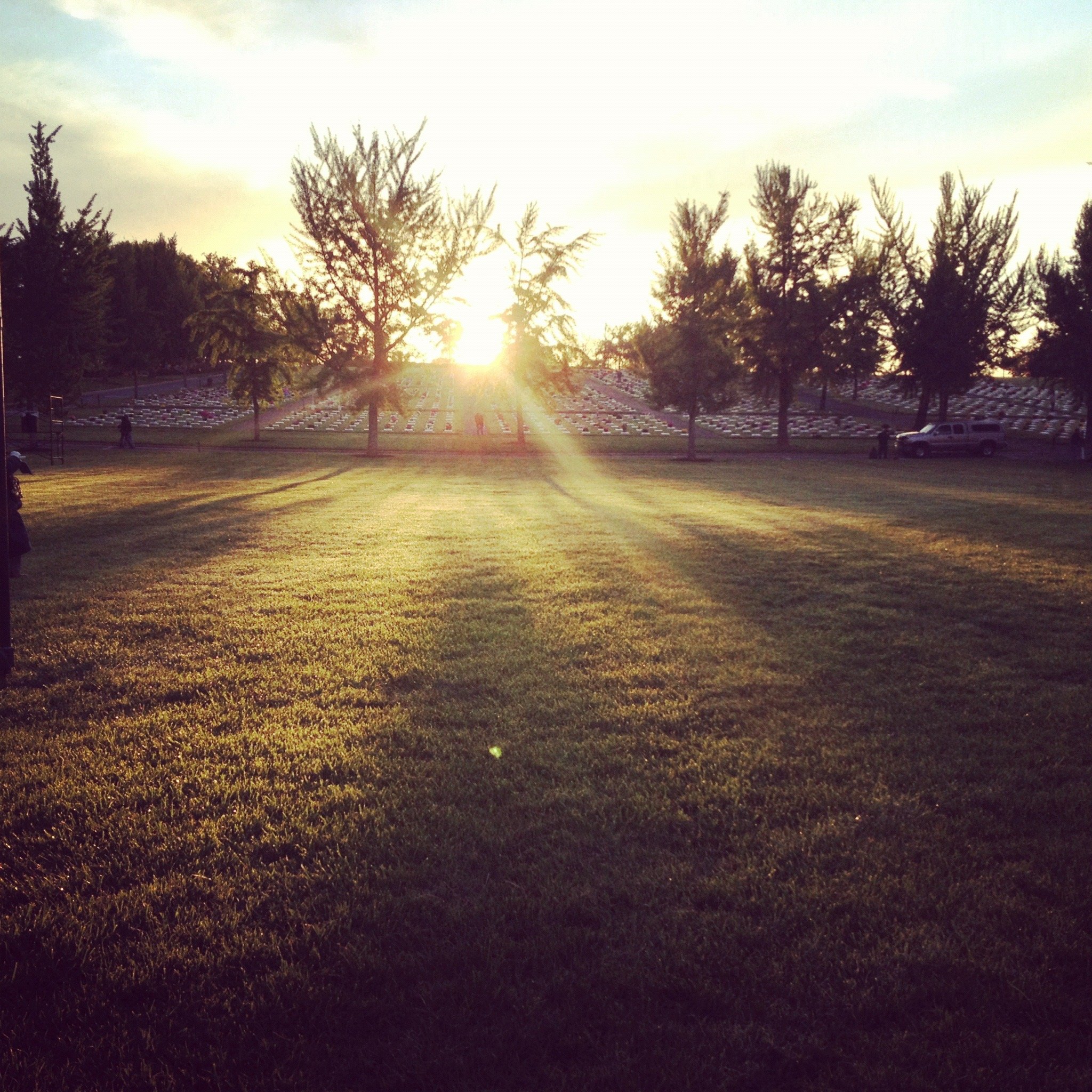Easter Is No Idle Tale
Easter is a unique time for me personally. It is spiced with a bit of grief, and contains some of the deepest memories I have that shape my spiritual identity as a Christian. Both the profound memories and the grief have a lot to do with cemeteries.
Death is something that anchors, for me, the seriousness, sacredness, and power of my faith as a Christian. Coming to terms with death is something all religions aim to do. And the thing about our religion, Christianity, is that we have this odd practice of placing our hope in close proximity to death.
We worship a risen Savior, we worship a God we claim has died for us, and then defeated that death in an act of redemption and forgiveness for the very people who committed the act.
My most powerful memory of Easter isn’t from my childhood. It is actually from my first solo church job as a choir director. I served a church in Winston-Salem, NC called Konnoak Hills Moravian Church, one of many moravian communities that dotted the landscape of Winston-Salem. And before I moved to Texas to start my masters degree, I celebrated an Easter service with the Moravians and I learned a lot about myself, and about the history of a service that I participated in as a child without having any idea where it came from.
If any of you have ever heard of a “Sunrise” service on Easter, it might be interesting for you to know that that very service originated in the area near Winston-Salem among the Moravians. More than 250 years ago, in 1758, in a cemetery located in the colonies at a place once called “Manakes Hill” just north of where Winston-Salem, NC is today, the first sunrise service was held—heralding the birth of Christ among the gravestones as the sun illuminated them in the earliest parts of the day. For me, it isn’t a real sunrise service unless we make the defiant choice to proclaim life in a place like a cemetery, a place meant to memorialize death.
Today, the sunrise service in Winston-Salem is held in a different cemetery, a different God’s Acre closer to Winston-Salem, and that is where I found myself one morning at 4am Easter morning in 2012 at Home Moravian Church, following the crowd filing into the acre after the first half of the Easter liturgy, surrounded by brass choirs antiphonally responding to each other as they played chorales and hymns. Ultimately, I found myself in a mass choir of singers alongside a mass choir of brass instruments, sounding out the songs of resurrection as the sun rose over the graves. Here is a picture of what I am describing:
God’s Acre. Winston-Salem, NC. Photo credit: Ben A. David Hensley. 2012.
Easter is about death as much as it is about life. It is about learning that death is not nearly as powerful as we think it is. It is about recognizing that life is not meant to be permanent. Easter reminds us that our God is bigger than life and death. Easter also reminds us just how much God loves us.
This is no idle tale. This is something that can animate us if we allow it. This is something that can revitalize our hope in the future. Remembering that we are an “Easter people” can be the core anchor in our life that we can cling to when everything else falls apart.
As we progress through this Holy Week, we pass through the hardest story with hope. And that ought to remind us that we can pass through the uncertainty of the future today with hope as well. Death has already been defeated.

